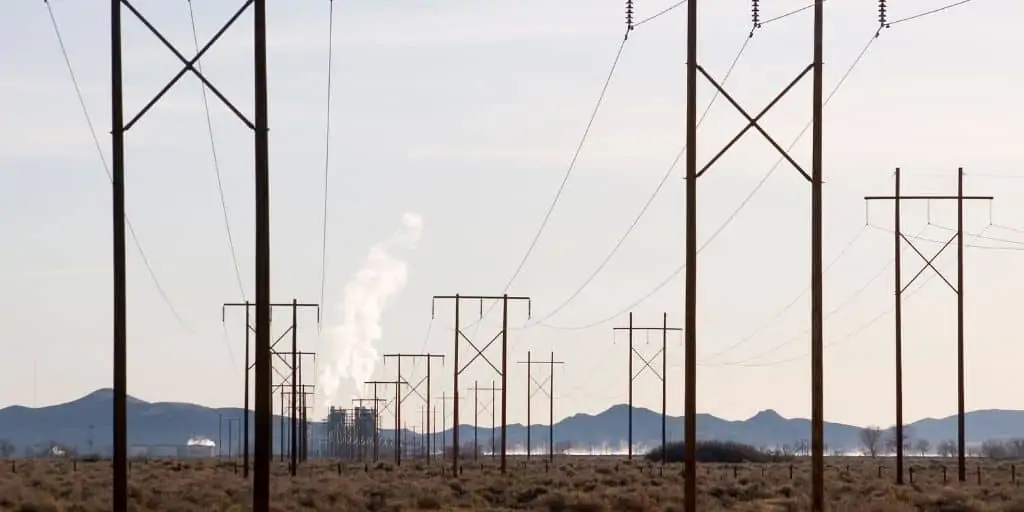What Is an Easement?
REtipster does not provide legal advice. The information in this article can be impacted by many unique variables. Always consult with a qualified legal professional before taking action.
Shortcuts
- An easement refers to the right of another party to use land they do not own for a specific purpose.
- Homeowners and buyers must locate and understand easements on a property because these may influence what they can and cannot do with the land.
- The type of easement dictates what the easement holder can do on the property.
How Do Easements Work?
An easement is the right of another party to use real estate they do not own for a specific purpose. The land or property burdened by the easement is called the servient estate, while the land or entity that benefits the easement is called the dominant estate[1].
Note that an easement does not give its holder an ownership interest in the property.
The best way to establish an easement that can be enforced in court is via an expressed easement, which is established in writing and included in legal documents, such as property deeds. Expressed easements may also be listed in plat maps and other public property records and may even appear as an encumbrance or a claim on the title[3].
However, most easements are created by an informal agreement between the parties, called an implied easement[4] or right-of-way. Implied easements generally give rise to a type of easement called a prescriptive easement, which grants someone the legal right to use a specific portion of a property for a specific use.
Most easements are classified as affirmative easements, which means they “add” existing rights to other entities as far as accessing or using a specific property. A rarer form is a negative easement, which restricts or limits the servient estate’s use of the property[5].
When buying property, buyers must be aware of the easements on the specific property they want to purchase. An easement may dictate what a person can do with the property and if renovation or home addition may interfere with the easement[6]. For example, when the property owner develops the property in a way that obstructs other parties from enjoying its easement, the easement holder can sue the owner for easement interference[7].
What Are Ingress and Egress in Real Estate?
In easements where the holder is only given the right to access or traverse the property, ingress and egress are also common terms included in the agreement. In simple terms, ingress refers to the right to enter a property, while egress refers to the right to exit that property[8].
For example, just because a property is located near a road does not mean the property owner can access or use it. That road may be privately owned by an individual or group and may require the rights of ingress and egress in a road easement[9].
Owners of landlocked properties need to secure the rights of ingress and egress so they can legally enter and exit their landlocked asset through someone else’s property[10]. Similarly, a person who uses another owner’s driveway to enter and exit their home has ingress and egress rights to that owner’s driveway.
Easements vs. Right of Way: What’s the Difference?
Right of way is a type of easement that allows an individual, a group of people, a company, or the general public to travel or pass through an owner’s land[11]. A right-of-way is a more specific type of easement that refers only to the right to access an owner’s property to get to another location.
What Are the Common Types of Easement?
Easements come in many forms[12]. Here are the most common:
1. Private Easement
Private easements allow another individual or entity to use the owner’s property. For example, private easements may allow a neighbor to access a pond on an owner’s property or use a path that runs through the owner’s yard. Private easements can be sold to interested parties[13].
2. Public Easement
Public easements give the general public the right to use or access a piece of land or certain streets, highways, and paths. An easement that allows people to use a pathway across private property to get to the beach is a good example.
3. Prescriptive Easements
This legal easement is acquired when another party has been using another’s property freely and routinely for a long time without the owner’s permission. The non-owner may keep using portions of the owner’s property as long as they abide by certain rules and requirements. Note that the length of time before this easement is obtained varies from state to state[14].
4. Easement Appurtenant
An easement appurtenant (or appurtenant easement) is attached to the land, a.k.a, “runs with the land.” This means this easement transfers along with ownership of that land. It covers rights granted by owners of the land to any party seeking use or access to the property. Normally, an easement appurtenant is accessible only by a neighbor, such as someone who wishes to cross someone’s property to go to work or get home.
5. Easement in Gross
An easement in gross does not attach to land but is a right to any entity (such as an individual, private company, or government agency) to use an owner’s property for a specific purpose, whether they are a neighbor or not. Easements in gross are the most common type of granted easement and includes other subcategories, including utility easements.
Frequently Asked Questions: Easement
How do you find out if a property has an easement on it?
To find easements on a property, start by checking the deed, as it often lists easements. If the deed doesn’t mention them, visit the local county recorder or assessor’s office; they keep property records, including easements. For more detailed information, consider a title search, which reveals all recorded easements. Additionally, you can contact utility companies for utility easements. It’s crucial to be thorough, as easements are not always obvious but can significantly impact how you use the property.
Who is responsible for maintaining easements?
The responsibility for maintaining an easement typically falls on the easement holder, who is the party that benefits from the easement. For example, if a utility company has an easement to run power lines across a property, they are responsible for its upkeep. However, the specifics can vary and should be outlined in the easement agreement. Sometimes, the property owner and the easement holder might share maintenance responsibilities. It’s important to clarify this in the easement terms to avoid disputes.
Can you terminate an easement?
Yes, you can terminate an easement, but the procedure can be complex. One common method is a written agreement between the property owner and the easement holder. This agreement, often a quitclaim deed, should be legally documented and recorded. Another way is through the ‘doctrine of merger,’ which occurs if the easement holder acquires the property itself, eliminating the need for the easement. Additionally, if the purpose of the easement no longer exists or the easement holder fails to use it for a significant time, it may be terminated. Legal consultation is advisable to navigate these processes properly.
Sources
- FindLaw. (2020.) Easement Basics. Retrieved from https://www.findlaw.com/realestate/land-use-laws/easement-basics.html
- Fontinelle, A. (2021.) What Is An Easement? Forbes. Retrieved from https://www.forbes.com/advisor/mortgages/what-is-an-easement/
- Leonard, K. (2018.) How to Find Easement Information on a Property. SF Gate. Retrieved from https://homeguides.sfgate.com/easement-information-property-49500.html
- Burns & Hansen. (n.d.) The differences between expressed and implied easements. Retrieved from https://www.patrickburnslaw.com/blog/2015/12/the-differences-between-expressed-and-implied-easements/
- Scott, G. (n.d.) What Is a Negative Easement? Chron. Retrieved from https://smallbusiness.chron.com/negative-easement-36305.html
- Dyas, Brie. (2020.) What is an easement on a property? Bankrate. Retrieved from https://www.bankrate.com/mortgages/what-is-an-easement/
- Schorr Law. (n.d.) WHAT ARE THE REMEDIES FOR INTERFERENCE WITH EASEMENT? Retrieved from https://schorr-law.com/what-are-the-remedies-for-interference-with-easement/
- PropertyClub. (2020.) Ingress and Egress Easements in Real Estate. Retrieved from https://propertyclub.nyc/article/ingress-and-egress-easements-in-real-estate
- McBride, J. (2016.) Understanding Ingress and Egress in Real Estate. Property Metrics. Retrieved from https://propertymetrics.com/blog/understanding-ingress-and-egress-in-real-estate/
- Legal Match. (n.d.) Egress Laws and Regulations. Retrieved from: https://www.legalmatch.com/law-library/article/egress-laws-and-regulations.html
- Courthouse Direct (2017.) What Is The Difference Between Easement and Right-of-Way? Retrieved from https://info.courthousedirect.com/blog/bid/382216/what-is-the-difference-between-easement-and-right-of-way
- Trulia. (n.d.) Easements: know your property rights. Retrieved from https://www.trulia.com/guides/easements-property-rights/
- Price, K. (n.d.) How to Sell an Easement. Zacks. Retrieved from https://finance.zacks.com/sell-easement-11872.html
- Hefferren, N. (2016.) Prescriptive Easements: A Comprehensive Guide. PropertyMetrics. Retrieved from https://propertymetrics.com/blog/prescriptive-easements-a-comprehensive-guide/






